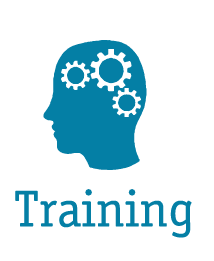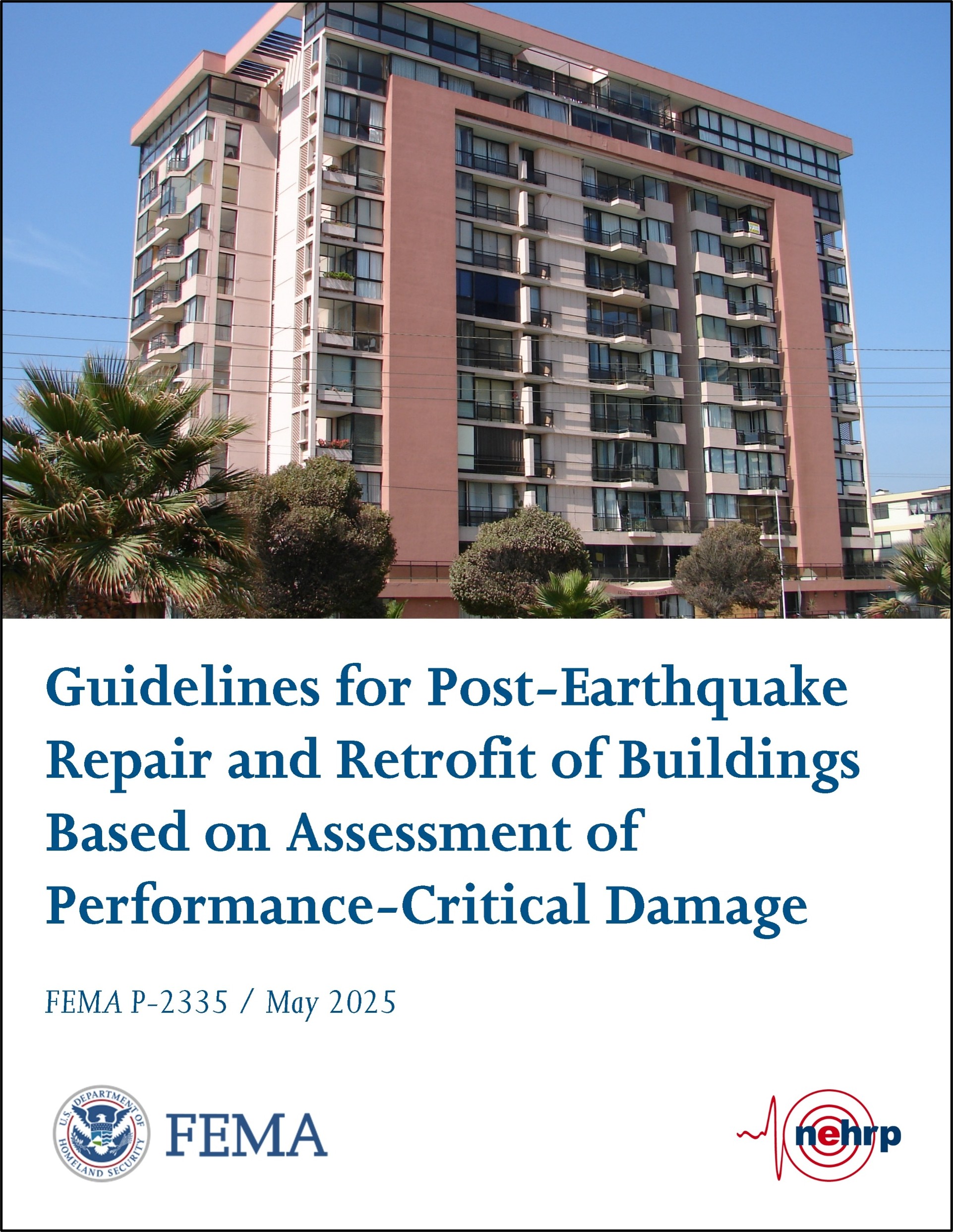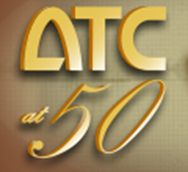PROJECT OVERVIEW
Title: Identification and Mitigation of Nonductile Concrete Buildings
Project Status: Completed
Client: Federal Emergency Management Agency (FEMA)
PROJECT SUMMARY
This project is to begin development of a simplified assessment guideline document for older or non-ductile concrete buildings to allow identification of those buildings that present an earthquake collapse hazard so that they may be evaluated and retrofitted, in order to mitigate the risks presented by this class of buildings.
Task 1: Development of a Simplified Methodology for Identifying Concrete Moment Frame Buildings with a High Probability of Collapse in Earthquakes
Building on the work performed under ATC 78-1, which focused on the identification of Collapse Indicators for older concrete buildings and the identification and resolution of related critical issues, work on this task will focus on the development of a simplified methodology for identifying concrete moment frame buildings with a high probability of collapse in earthquakes. The simplified methodology will be based on analytical results from this and other projects, past collapses of concrete buildings in earthquakes, laboratory research on concrete structural components, and engineering judgment. Such a methodology will allow identification of additional systematic analysis that is required to complete the methodology.
Moment frame buildings were selected for this initial developmental effort because of their known high potential vulnerability and the availability of methods and procedures that can contribute to the development of a simplified methodology for identifying concrete moment frame buildings with a high probability of collapse in earthquakes. The development of similar methods for other older concrete building structural systems is reserved for a future project(s).
Work on this task will consist of three subtasks: (1) the identification of existing simplified elastic methods to estimate inelastic displacements, along with the identification of improvements needed to such methods for this project; (2) the identification of collapse indicators for global building response that can be used as acceptance criteria, along with the identification of and analysis methods to determine acceptance criteria; and (3) the integration of the results from the above tasks to develop the simplified methodology for identifying concrete moment frame buildings with a high probability of collapse in earthquakes.
The methodology will utilize a linear analysis approach with modifiers to determine anticipated inelastic deformations that would be expected in a moment frame building if analyzed using non-linear time history analysis procedures given a suite of 44 ground motions. Collapse indicators that can be used as acceptance criteria to predict global building collapse will be identified. A simplified methodology will be developed to predict moment frame buildings with a high probability of collapse in earthquakes.
As specified in the SOW, ATC will use (on this task) information on Collapse Indicators that were identified and evaluated during prior phases of this project. The Project Management Committee will also consider and use, as appropriate (1) data generated by the NSF NEES Grand Challenge Project on Nonductile Concrete Frame Structures, (2) information being developed under the NIST-funded ATC-95 Project, Development of a Collapse Indicator Methodology for Existing Reinforced Concrete Buildings, and (3) California inventory data on older concrete buildings currently being collected by the Concrete Coalition.
Task 2: Demonstration of the Feasibility of the Simplified Methodology by Conducting and Documenting a Pilot Study for Moment Frame Buildings
The feasibility of the methodology will be demonstrated by doing a pilot study on regular moment frame buildings. The procedures of the methodology will be demonstrated and the results will be compared to detailed studies incorporating non-linear time history analyses of the subject moment frame buildings. The pilot study will be summarized in a final report.
The Pilot Study to demonstrate the feasibility of simplified methodology for moment frame buildings will be carried under the direction of the Project Management Committee. The study will be documented in a project report (principal task order project deliverable) that specifically demonstrates the feasibility of the simplified methodology for identifying concrete moment frame buildings with a high probability of collapse in earthquakes. The Project Technical Director will serve as the lead author/editor of the document, with chapter contributions provided by the various Project Management Committee members and the Project Working Groups. One PMC meeting at the outset of this task and possibly one near the end of this task are planned. Between meetings, the PMC will communicate via WebEx meetings and telephone conference calls.




